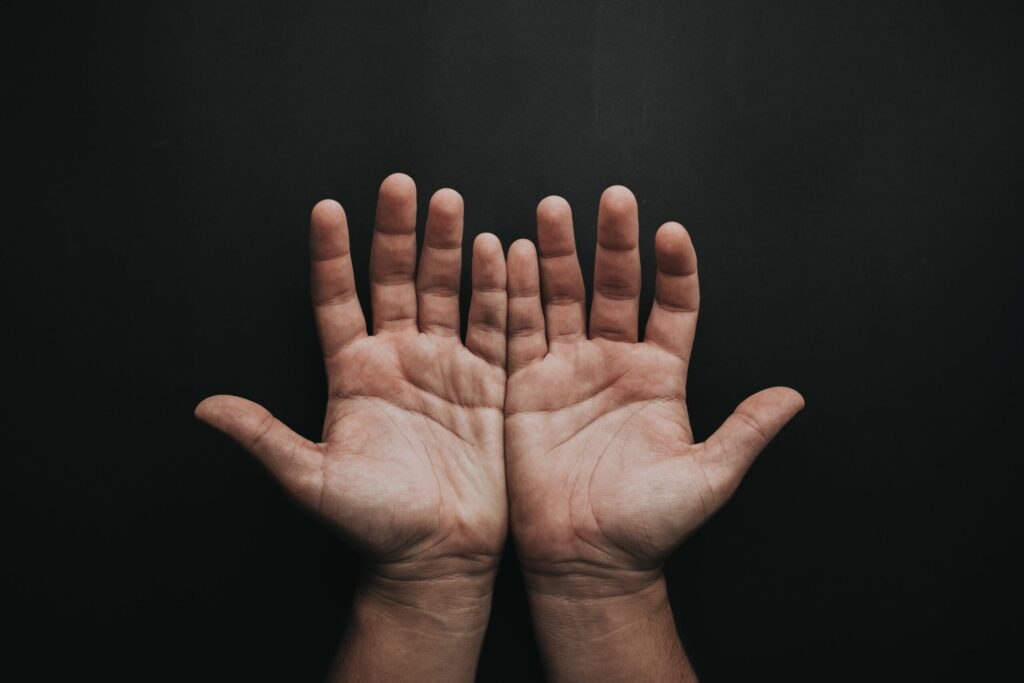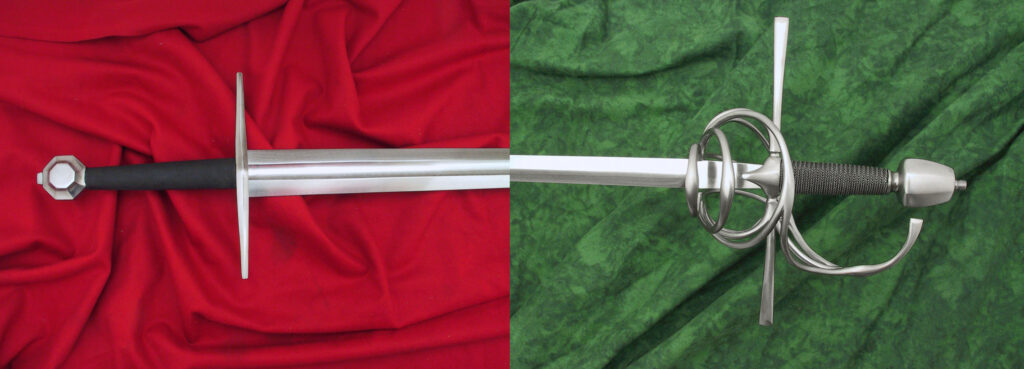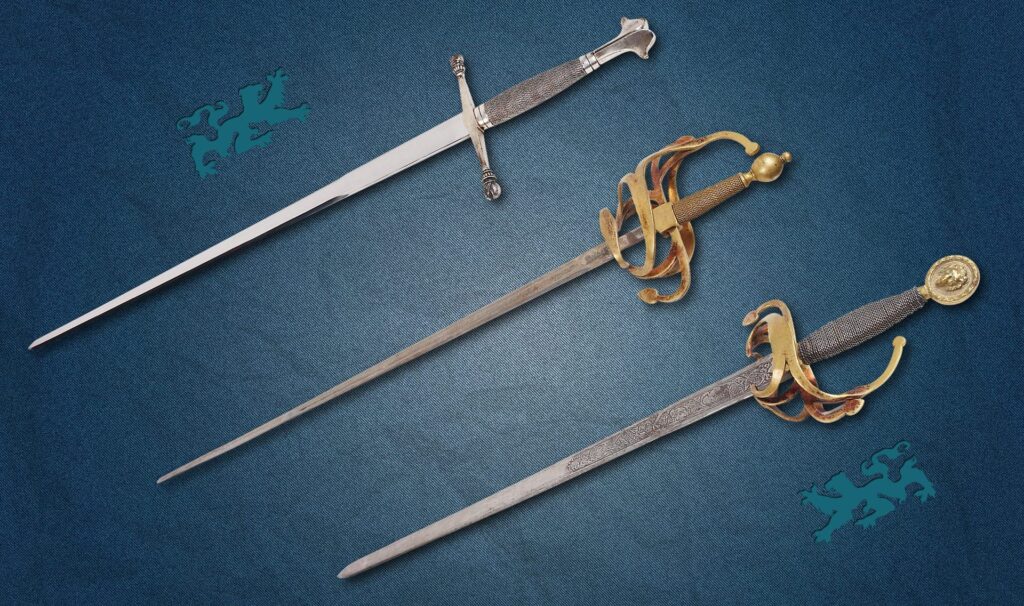Right or Left Hand Lead?

Which hand should go on top with a two-handed weapon? Across martial arts there are actually a lot of arguments for placing your dominant hand on both the top and the bottom of the grip. I want to dive into this interesting topic.
Jogo do Pau and Left Hand Lead
Check out this video from my friend Luis Preto on the two-handed stick art of Jogo do Pau. This art from Portugal has ancient roots and an active practice that continues through teachers like Luis to this day. What’s interesting is that they advocate for putting your dominant hand at the base of the grip.
Why Dominant Hand Lead?
European swords are different than sticks in a few key ways:
- Swords are edged weapons.
- They have cross bars that protect the hands.
- They wound through piercing and slicing, rather than blunt force trauma.
These properties alter how the weapons are wielded in some significant ways. In particular the amount of force that needs to be generated to do damage (significantly less in the case of a sword); the amount of binding that occurs (where the two weapons stay in contact for a prolonged period); and the contexts in which the weapons can be used.
But that doesn’t directly answer why the lead hand is on top. Much of the dextrous movement of a sword’s point is controlled through the base hand with the lead hand operating as a fulcrum, so why not put your more dextrous hand in the base position?
- Single and two-handed use. Medieval two-handed swords are versatile weapons intended to be used in one hand and two. When you drop one hand from the weapon, you want the remaining hand to be the one closest to the cross bar — it’s most protected and it’s closer to the weapon’s centre of balance. This makes the weapon significantly easier to manage one-handed. Common contexts for dropping one hand from the sword include grappling or reining your horse.
- The Crossbar. Keeping the dominant hand in the base position protects it from attack and also allows you to maintain control of your weapon if you release the lead hand to avoid having it struck. The crossbar provides significant protection for the lead hand making this type of defense less relevant (and also changing the balance for single hand use from the base).
- Controlling the Edge & Binding. Though the base hand controls the movement of the point, the lead hand more powerfully directs the edge as well as feeling and responding to pressure in the bind. This is largely because the lead hand is closer to the point of balance. Having your more dextrous hand in this position is a distinct advantage for responding to and maintaining control.
Now Luis, who is also an excellent longsword fencer, might say “never bind!” But that’s a topic for another email.
Practice Both Leads
Having focus in your training can be important, particularly if you are targeting a very specific environment like tournaments or an exam. However your ability to meet a diversity of environments largely defines your upper limits as a martial artist. This longsword drill encourages you to break out of the box of a set dominant hand.
Practice: Dominant Hand Switch
How Do You Train?
Let me know how you train. When you use a longsword do you practice wielding it in one hand? Do you practice with both leads? In your single-handed sword practice, do you practice equally with your right and your left? I look forward to hearing from you.
Devon





Responses